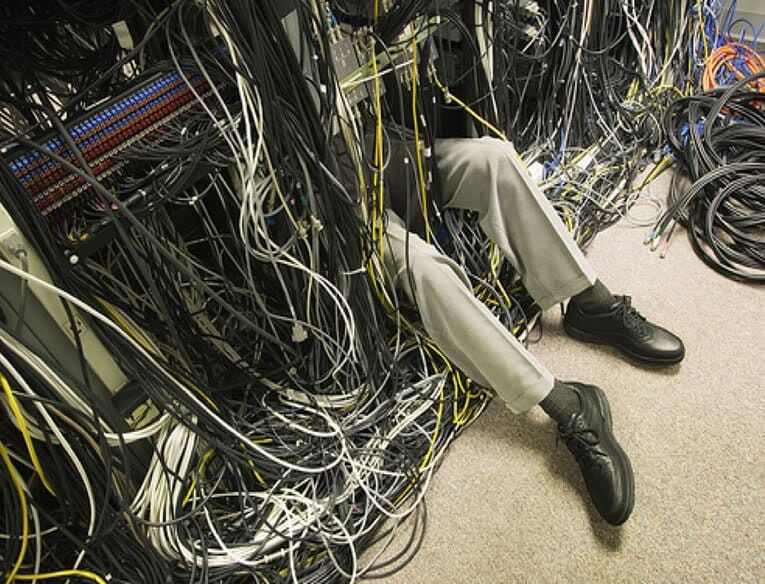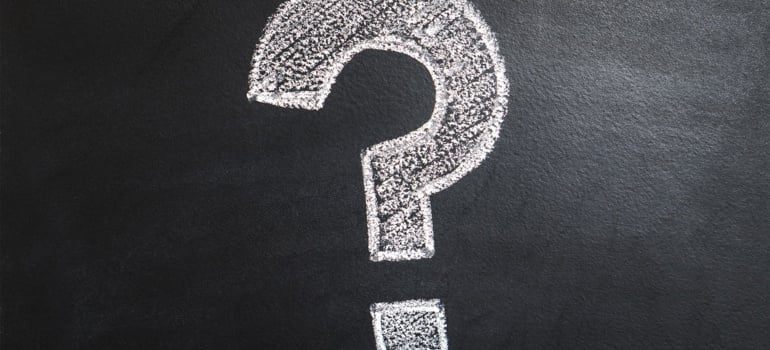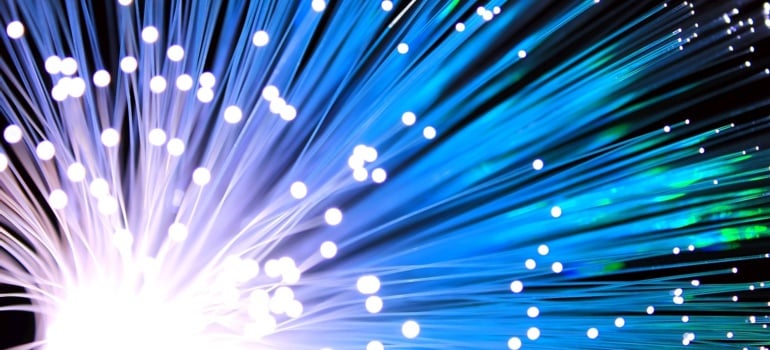Earlier this week I defined terms related to bend performance, such as bend insensitive fiber, bend improved, bend optimized and...
Earlier this week I defined terms related to bend performance, such as bend insensitive fiber, bend improved, bend optimized and bend tolerant. This week, I'll show you how BIF can improve the performance of your cabling infrastructure.
The greatest benefit BIF offers is seen when deploying fiber optic jumpers and modules containing non-jacketed, buffered fiber. That is typically where small bends in fiber optic cable occur most easily. The BIF glass can endure a tighter bend radius with minimal addition of attenuation. BIF glass is also made to endure these tighter bends long term. Overall attenuation is the most important factor for a fiber optic cabling infrastructure.
A macro-bend is a visible bend in the fiber that can cause optical power attenuation or light loss. Historically with older non-BIF glass, macro bends will cause small light losses along the optical path. These can all add up to affect the total link loss or channel loss.
Now, with the MM BIF products that are available, these macro bends are still present but have a greatly reduced attenuation effect on the total link. My posts below give you some tips and best practices in regards to Bend Insensitive Fiber.
Recent Posts
As an employee who has always valued the...
In the rapidly evolving landscape of AI...
Superior Scalability and Flexibility
Posts by Tag
- Fiber Optic Cables (9)
- data center (7)
- Cabling (5)
- Fiber Optic Cabling (5)
- Fiber Cable (4)
- NETWORKING (4)
- Structured Cabling (4)
- Networking Cables (3)
- IT Infrastructure (2)
- Port Replication (2)
- Brocade (1)
- Carbon Offsetting (1)
- Data Security (1)
- FCOE Works (1)
- Fiber Cables (1)
- Hardware Security (1)
- ICLs (1)
- IT Network (1)
- POE (1)
- Sustainability (1)
- Switches (1)
- Tapped Holes (1)
- hardware (1)
- storage (1)
- strategy (1)
Popular Posts
Why does the gauge matter in my network’s racks?...
High dB loss in fiber optic cabling...
Let’s look at the construction of fiber optic...








